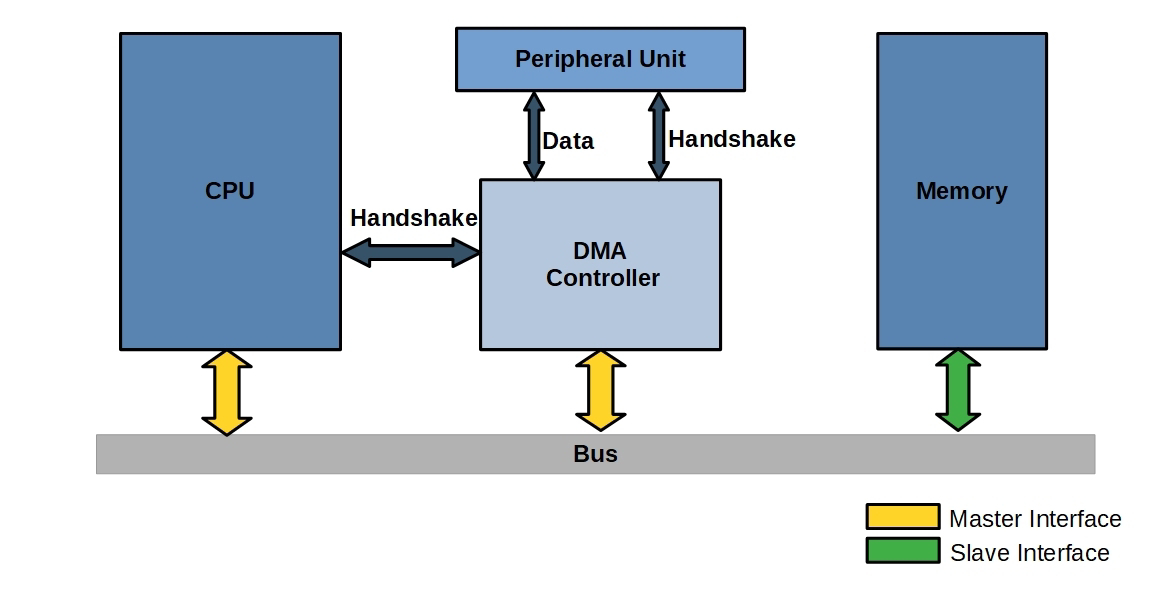History EEPROM was developed in 1978 at Intel by George Perlegos . Being a non-volatile memory means it retains all the data even power is off and stores a large capacity of data or bits compared to EPROM. It is used as flash memories in its later version and also, to store BIOS of the computer. Features of EEPROM •Low and standard voltage operation (100 kHz (1.8V) and 400 kHz (2.7V, 5V) compatibility) Schmitt trigger, filtered inputs for noise suppression •Internally Organized 128 x 8 (1K), 256 x 8 (2K), 512 x 8 (4K), 1024 x 8 (8K) or 2048 x 8 (16K) Automotive devices available •Two-wire serial interface (Two wires are used to read and write data into it) •Bidirectional data transfer protocol Write protect pin for hardware data protection 8-byte page (1K, 2K), 16-byte page (4K, 8K, 16K) write modes •Partial age writes allowed •Self-timed write cycle There are two types of EEPROM •Parallel EEPROM •Serial EEPROM Parallel EEPROM : Parallel devices are a...
















